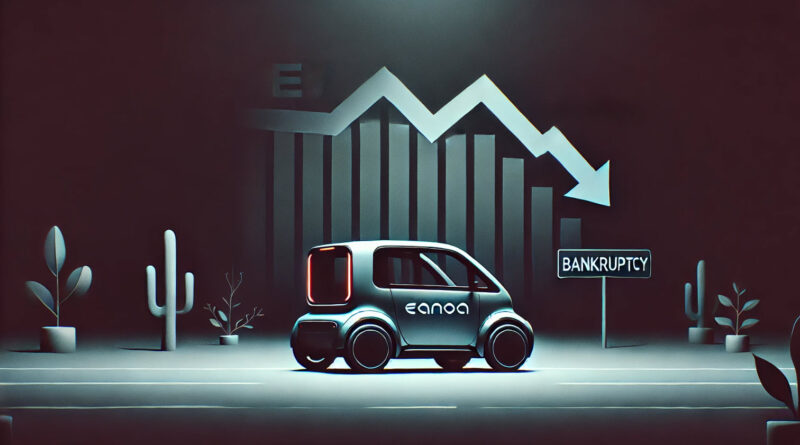Canoo EV Startup Bankruptcy and Shuts Down Operations
The Canoo EV Startup Declares Bankruptcy move marks the end of its operations, as the company struggles to overcome financial hurdles that have plagued it for years. In a turn of events that reflects the challenges faced by many startups in the electric vehicle (EV) space, Canoo, an ambitious EV company known for its futuristic designs and bold ideas, has filed for Chapter 7 bankruptcy.
What Went Wrong for Canoo?
Canoo had big dreams, but those dreams required big funding—something the company simply couldn’t secure in time. Here’s a closer look at what led to their downfall:
1. Financial Woes
Canoo’s financial troubles have been building up for a while. The company recently revealed that while it had about $126 million in assets, its debts exceeded $164 million. This massive gap left the company with no choice but to shut down and liquidate its assets.
2. Cash Burn and Low Demand
Canoo’s innovative, microbus-inspired EVs drew attention early on, but turning that attention into sales proved difficult. Low demand for its vehicles and rapid depletion of funds created a perfect storm of financial instability.
Attempts to Stay Afloat
Before filing for bankruptcy, Canoo tried to secure additional funding, including support from the U.S. Department of Energy and potential foreign investors. Unfortunately, none of these efforts panned out. The company also idled operations at its Oklahoma facility in late 2024, placing employees on unpaid leave—a clear sign that things were heading south.
Leadership and Operational Struggles
Leadership turnover also added to Canoo’s troubles. In the months leading up to the bankruptcy filing, all of Canoo’s founders and several key executives had left the company. This lack of stable leadership further complicated its ability to pivot or recover from its financial challenges.
Bright Spots Amid the Struggles
Despite its ultimate closure, Canoo did have some notable achievements along the way:
- NASA Partnership: Canoo produced shuttles for NASA’s Artemis program, showcasing its engineering capabilities.
- Walmart Deal: The company secured a deal to manufacture 4,500 electric delivery vans for Walmart, a partnership that hinted at its potential to thrive in the commercial EV space.
What This Means for the EV Industry
Canoo’s story is a stark reminder of just how challenging the EV market can be. While demand for electric vehicles is growing, startups face intense competition, high development costs, and the need to scale quickly. Even with innovative designs and major partnerships, staying afloat requires consistent funding and execution.
Final Thoughts
Canoo’s bankruptcy is a cautionary tale for the EV world. It highlights the immense pressures startups face in an industry that demands massive investment and swift results. While Canoo’s closure marks the end of one chapter, it also serves as a lesson for other companies navigating the volatile EV landscape: great ideas alone aren’t enough—sustainable growth and strong financial planning are critical to long-term success.
Canoo’s ambitious vision may have fallen short, but its efforts underscore the risks and rewards of pushing boundaries in the ever-evolving electric vehicle market.
Buying a used VW. Buying used vauxhall, BMW, Jaguar, Ford, Volvo, Range rover, Bentley, Aston Martin, Porsche, Ferrari, Lamborghini, Maserati, Hyundai, Tesla, Honda, Pagani

